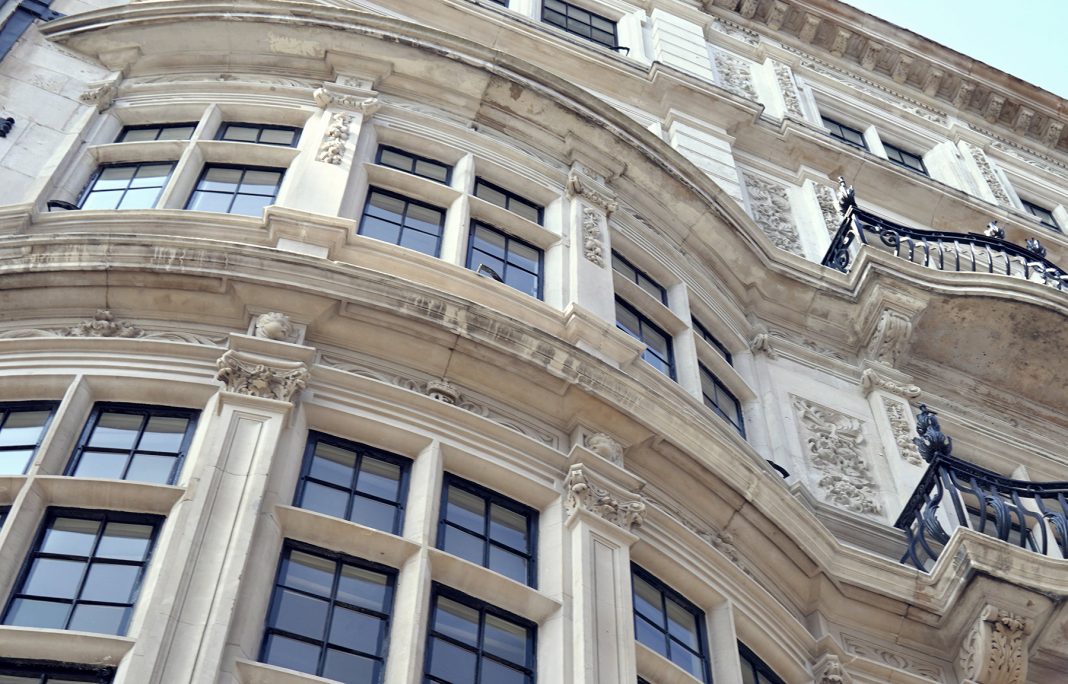Safe and careful removal of legacy lead paint was paramount when Associated Steel Window Services was called on to take part in the restoration of the former Empress Club in London’s Dover Street on behalf of Collins construction.
The work required multiple applications of a non-toxic poultice strip as part of the restoration of 36 large steel windows and screens across four of the five storeys of the historic building.
The use of lead paint was banned 30 years ago on health grounds, which means its presence is almost always masked by later coats of modern gloss paint, but trying to remove the build up by sanding or heat risks exposing workers to inhaling the harmful heavy metal. ASWS offers various methods of paint removal, but chemical stripping was the best option for Dover Street, to take the frames back to bare metal for repairs to begin.
Director Kris Bennell explained: “The options for on-site paint removal are limited, but they do include grit blasting which can be noisy, has to be tented, and requires the provision of cleaning and changing facilities allocated just to the operatives involved. The second alternative is using hand-held chipping and scraping tools, which still generate significant vibration and dust hazards; or there is the poultice chemical removal.
“At Dover Street we applied between five and seven coats of the epoxy paste to the windows – some of which were quite large – and this had to remain for 24 to 72 hours before being scraped off. Not only is the paint retained within the ‘poultice’, but the lead is neutralised and converted into a manageable form, which is bagged and removed by an approved waste management company.
“The actual repairs involved replacing broken hinges and some corroded frame sections and the overhaul and the fitting of new single glazing into the very shallow, 3mm upstands. We also undertook the full redecoration of the windows.”












